Ella Fitzgerald
Ella Fitzgerald

Ella Jane Fitzgerald, born on April 25, 1917, and passing away on June 15, 1996, was an iconic American jazz singer renowned for her remarkable talents. Often hailed as the "First Lady of Song," the "Queen of Jazz," and affectionately referred to as "Lady Ella," Fitzgerald left an indelible mark on the world of music.
Her singing was distinguished by its purity of tone, flawless diction, impeccable phrasing, precise timing, and exceptional intonation. Fitzgerald was also celebrated for her extraordinary ability to improvise, often likened to that of a horn player, especially evident in her scat singing.
Throughout her illustrious career, Ella Fitzgerald's influence extended far and wide, making her one of the most revered and beloved figures in the history of jazz and American music as a whole.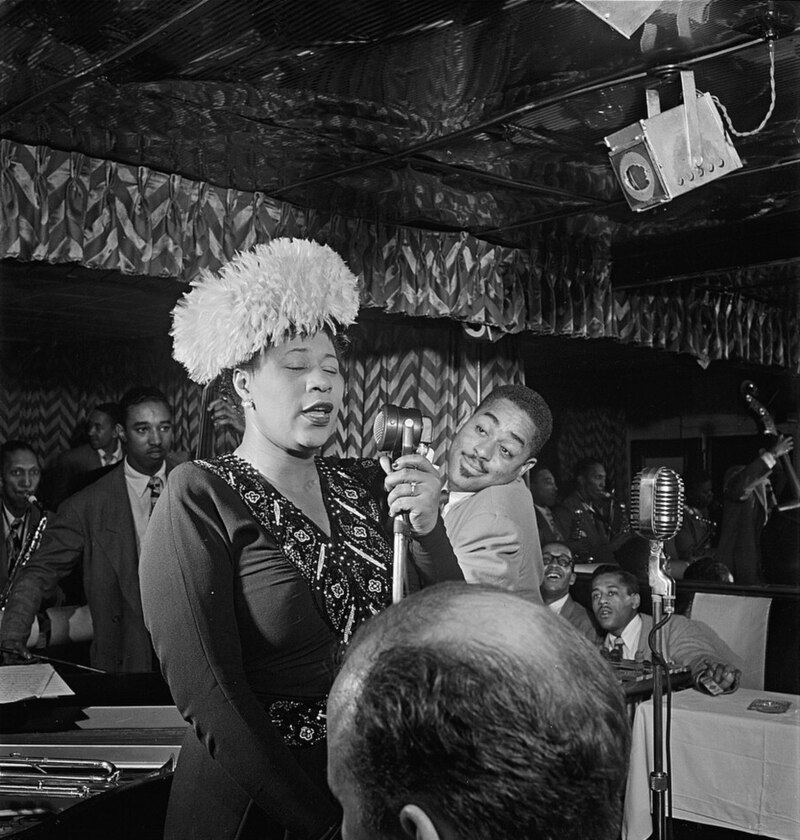
Ella Fitzgerald's journey to musical success began with the Chick Webb Orchestra, where she found stability after a tumultuous adolescence. The orchestra performed nationwide, with their home base often being the iconic Savoy Ballroom in Harlem. Fitzgerald's rendition of the nursery rhyme "A-Tisket, A-Tasket" catapulted both her and Webb to national fame.
Following Webb's passing, Fitzgerald took over leadership of the band. However, in 1942, she embarked on a solo career, leaving the orchestra behind. Initially managed by Moe Gale, co-founder of the Savoy Ballroom, Fitzgerald later entrusted her career to Norman Granz. Granz, who founded Verve Records, became instrumental in producing new records for Fitzgerald.
Under the Verve label, Fitzgerald recorded some of her most acclaimed works, particularly her interpretations of the Great American Songbook. These recordings solidified her reputation as one of the greatest jazz vocalists of all time and showcased her remarkable talent and versatility as an artist.
Ella Fitzgerald's influence extended beyond her solo career, as she also made notable appearances in films and on popular television shows during the latter half of the twentieth century. Additionally, she collaborated with iconic figures in the music industry, including Louis Armstrong, Duke Ellington, and The Ink Spots.
Her partnerships with these legendary artists produced timeless classics such as "Dream a Little Dream of Me," "Cheek to Cheek," "Into Each Life Some Rain Must Fall," and "It Don't Mean a Thing (If It Ain't Got That Swing)." These collaborations showcased her ability to blend her unique vocal style with a diverse range of musical genres and personalities.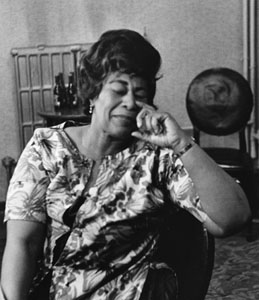
In 1993, after a remarkable career spanning nearly six decades, Fitzgerald gave her final public performance. Three years later, at the age of 79, she passed away after battling declining health. Throughout her life, she received numerous accolades, including 14 Grammy Awards, the National Medal of Arts, the NAACP's inaugural President's Award, and the Presidential Medal of Freedom. These honors recognized her immense contributions to the world of music and her enduring legacy as one of the greatest vocalists of all time.
Ella Fitzgerald was born on April 25, 1917, in Newport News, Virginia. Her parents, William Fitzgerald and Temperance "Tempie" Henry, were unmarried and both described as "mulatto" in the 1920 census. Despite their unmarried status, they lived together in the East End section of Newport News for at least two and a half years after Ella's birth.
In the early 1920s, Fitzgerald's mother, Tempie, entered into a relationship with Joseph da Silva, a Portuguese immigrant. They moved to Yonkers, located in Westchester County, New York. Ella gained a half-sister, Frances da Silva, who was born in 1923. By 1925, the family had relocated to School Street, a neighborhood predominantly inhabited by Italian families.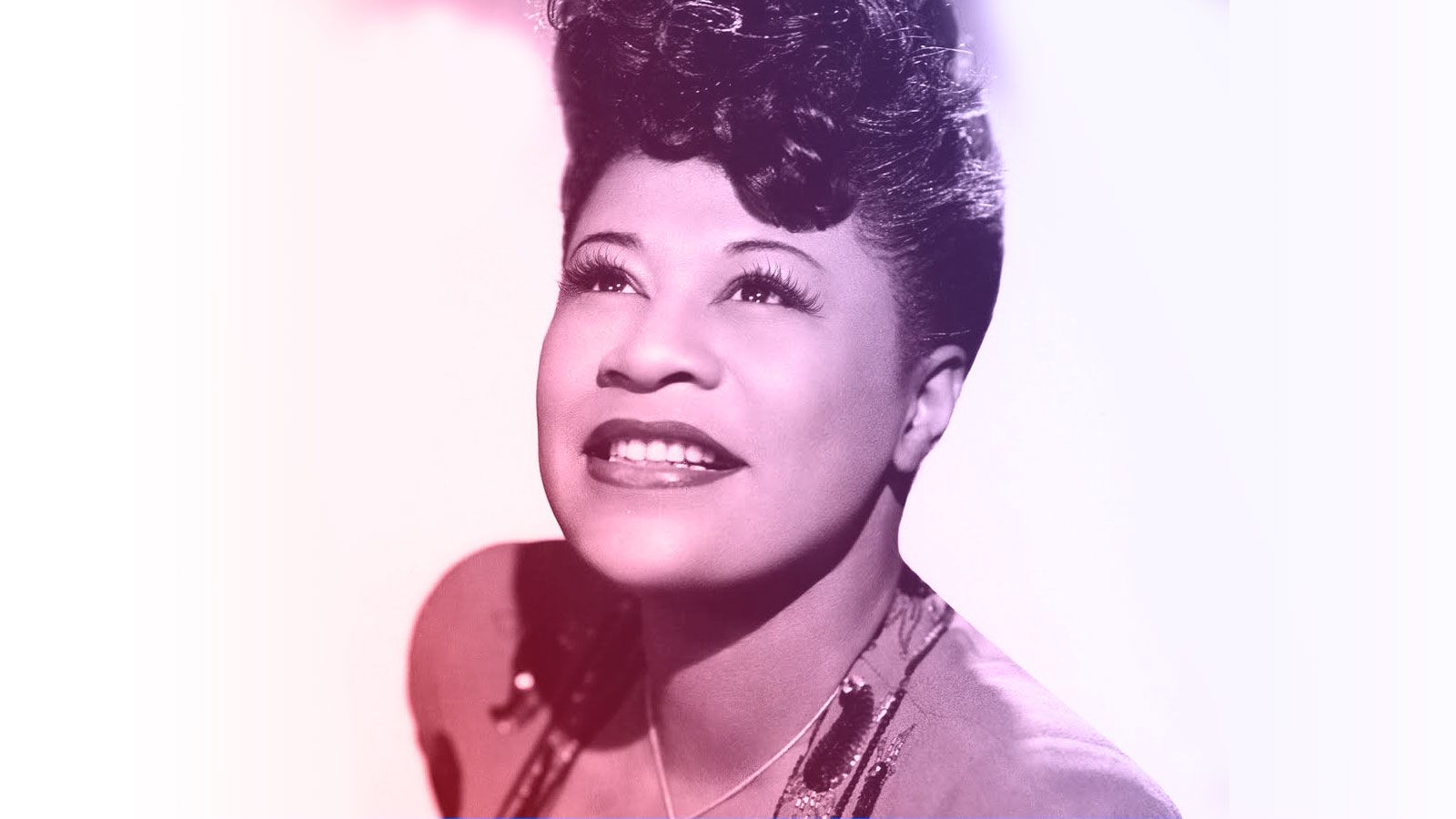
Ella Fitzgerald's formal education began at the age of six, and she demonstrated exceptional academic abilities. She attended various schools before enrolling at Benjamin Franklin Junior High School in 1929.
Ella Fitzgerald and her family were Methodists and actively participated in the Bethany African Methodist Episcopal Church. She attended worship services, Bible study sessions, and Sunday school at the church, which provided her with her earliest musical experiences.
From the third grade onwards, Fitzgerald developed a passion for dancing and admired performers like Earl Snakehips Tucker. She often entertained her peers with performances on the way to school and during lunchtime.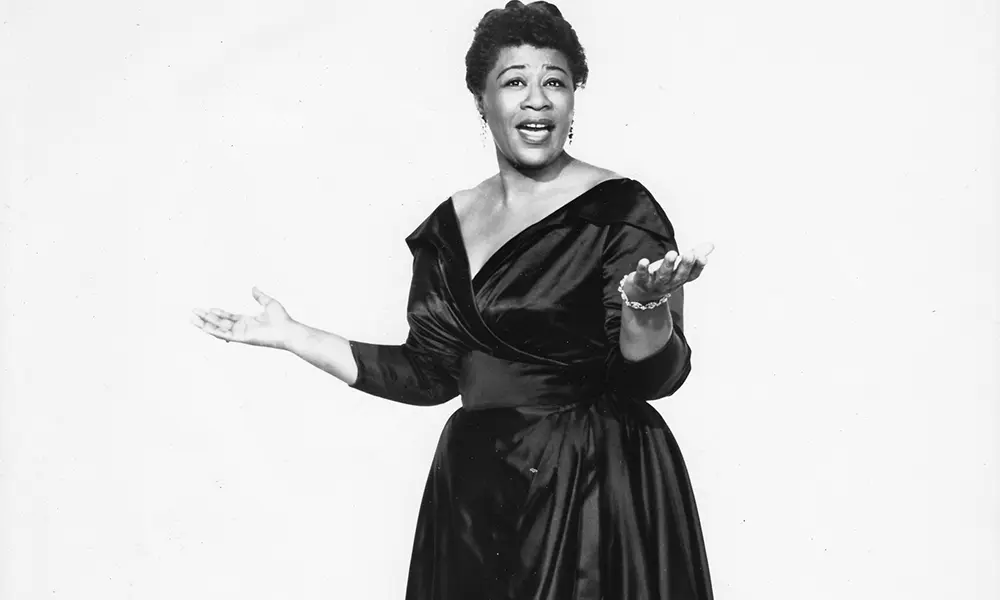
Fitzgerald's musical influences included jazz recordings by Louis Armstrong, Bing Crosby, and The Boswell Sisters. She was particularly enamored with Connee Boswell, the lead singer of The Boswell Sisters, stating, "My mother brought home one of her records, and I fell in love with it...I tried so hard to sound just like her."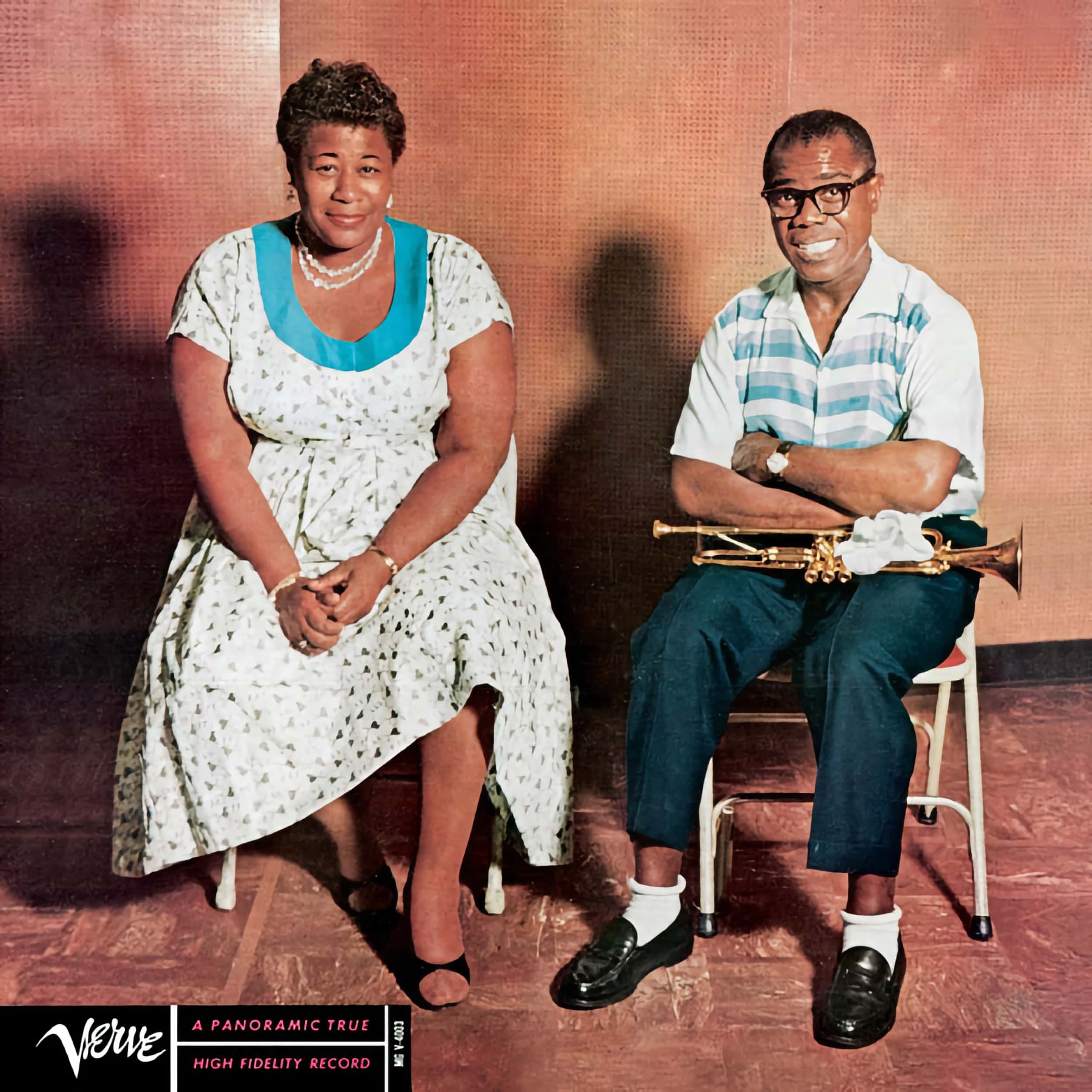
In 1932, at the age of 15, Ella Fitzgerald experienced a tragic loss when her mother passed away due to injuries sustained in a car accident. Following her mother's death, Fitzgerald's stepfather cared for her until April 1933, when she relocated to Harlem to live with her aunt. The sudden change in her circumstances, coupled with rumors of potential mistreatment by her stepfather, led biographer Stuart Nicholson to speculate about possible abuse she may have endured.
During this tumultuous period, Fitzgerald's academic performance suffered, and she began skipping school. She took on various odd jobs, including working as a lookout at a bordello and assisting a Mafia-affiliated numbers runner. Fitzgerald never openly discussed this phase of her life.
Eventually, authorities intervened, and she was placed in the Colored Orphan Asylum in Riverdale, Bronx. When the orphanage became overcrowded, she was transferred to the New York Training School for Girls, a state reformatory school located in Hudson, New York.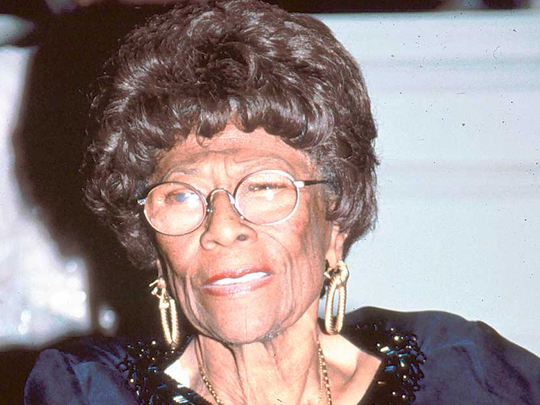
Despite the challenges she faced, Ella Fitzgerald showed remarkable resilience. In 1933 and 1934, during her difficult years, she reportedly sang on the streets of Harlem as a means of survival.
Her official debut came on November 21, 1934, at the age of 17, during one of the earliest Amateur Nights at the Apollo Theater. Originally intending to showcase her dancing skills, Fitzgerald felt intimidated by the presence of a local dance duo called the Edwards Sisters. Instead of dancing, she chose to sing, drawing inspiration from Connee Boswell.

Performing songs like "Judy" and "The Object of My Affection" in the style of Connee Boswell, Fitzgerald captivated the audience and emerged as the winner of the amateur competition. Her victory entitled her to perform at the Apollo for a week. However, despite winning, she never received the opportunity to claim her prize, possibly due to her disheveled appearance at the time. Despite this setback, her triumph at the Apollo marked the beginning of her illustrious career in music.
In January 1935, following her triumph at the Apollo Theater, Ella Fitzgerald seized another opportunity to showcase her talent. She won the chance to perform for a week with the Tiny Bradshaw band at the Harlem Opera House, further solidifying her presence in the local music scene.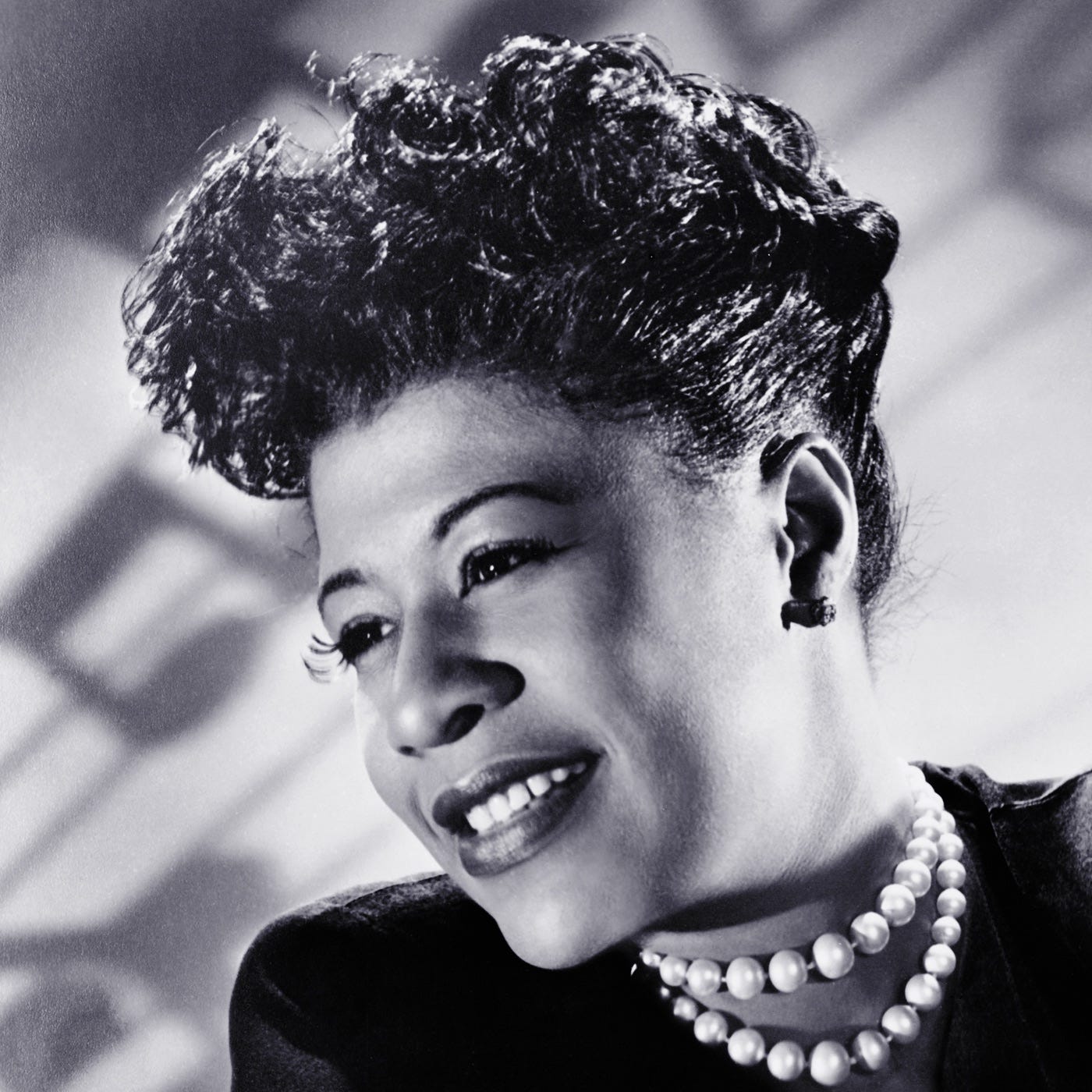
Later that same year, Fitzgerald's fortunes took a significant turn when she was introduced to drummer and bandleader Chick Webb. It was Benny Carter or Buck Ram who facilitated the introduction, having heard from singer Charlie Linton that Webb was looking to add a female vocalist to his band. Despite initial reservations about Fitzgerald's appearance, described as "gawky and unkempt," Chick Webb recognized her potential and offered her the opportunity to audition with his band at a dance event held at Yale University. This pivotal moment marked the beginning of Fitzgerald's collaboration with Chick Webb and laid the foundation for her remarkable career in music.
Ella Fitzgerald's inclusion in Chick Webb's orchestra was met with enthusiasm from both audiences and her fellow musicians. As part of the group's performances at Harlem's renowned Savoy Ballroom, Fitzgerald quickly garnered acclaim for her vocal prowess.
During her time with Chick Webb's orchestra, Fitzgerald recorded several hit songs, among them "Love and Kisses" and "(If You Can't Sing It) You'll Have to Swing It (Mr. Paganini)". However, it was her 1938 rendition of the nursery rhyme "A-Tisket, A-Tasket," a song she co-wrote, that catapulted her to public acclaim. "A-Tisket, A-Tasket" became a sensation on the radio and emerged as one of the decade's top-selling records, cementing Fitzgerald's status as a rising star in the music industry.
References
- "The Savoy Ballroom opens". African American Registry. Retrieved October 29, 2016.
- ^ "Biography". Ella Fitzgerald. March 11, 2015. Retrieved December 21, 2018.
- a b c Nicholson 1996, p. 4.
- ^ Whitaker, Matthew (2011). Icons of Black America: Breaking Barriers and Crossing Boundaries. Vol. v. 1. Santa Barbara, CA, US: Greenwood. p. 302. ISBN 978-0-313-37643-6. OCLC 781709336.
- a b Nicholson 1996, p. 5.
- ^ Nicholson 1996, p. 7, 13.
- a b Nicholson 1996, p. 6.
^ Nicholson 1996, p. 7.

































